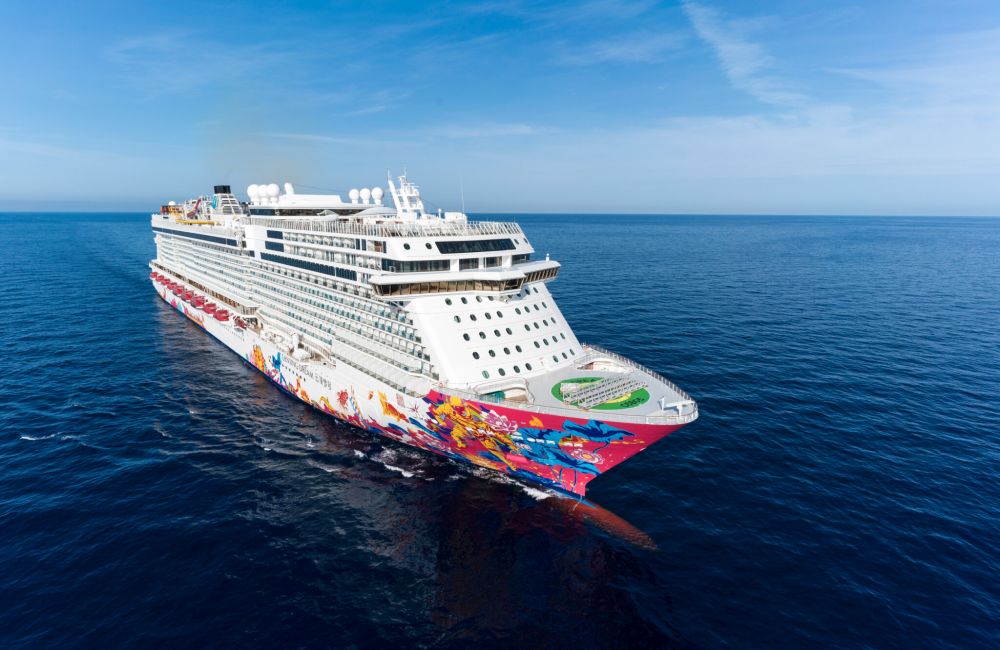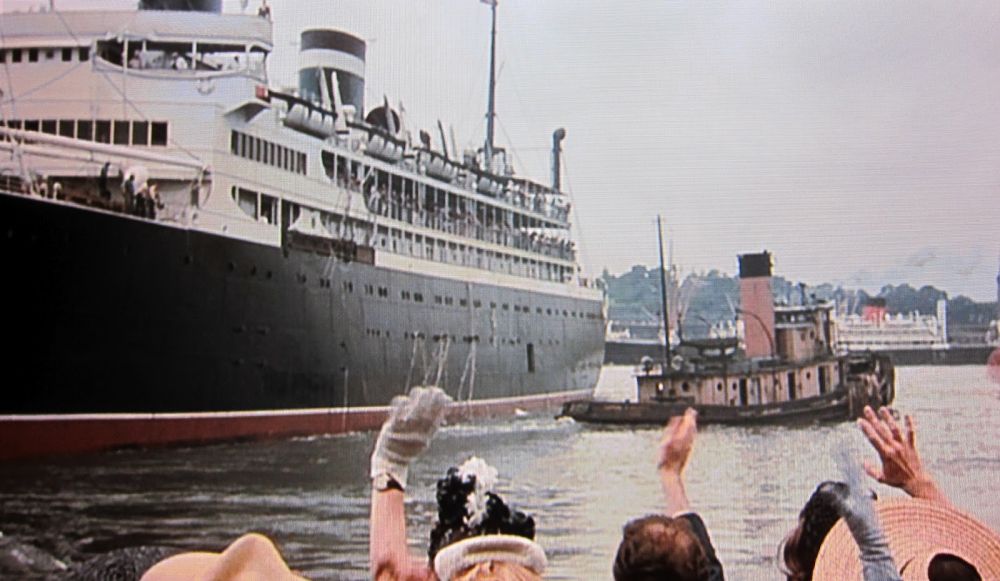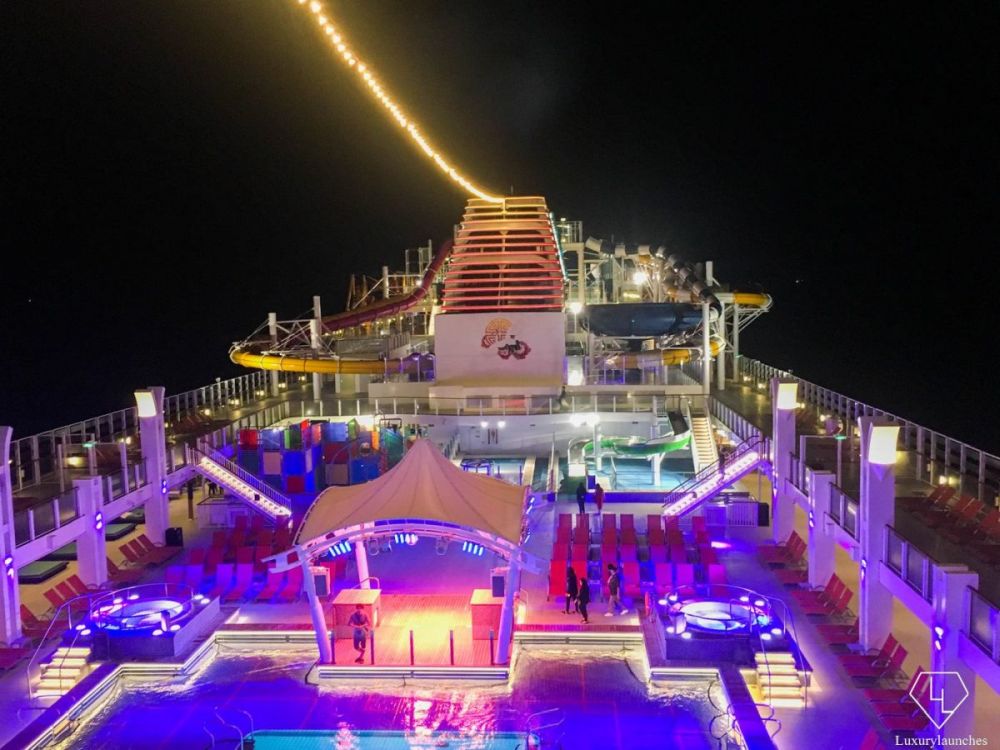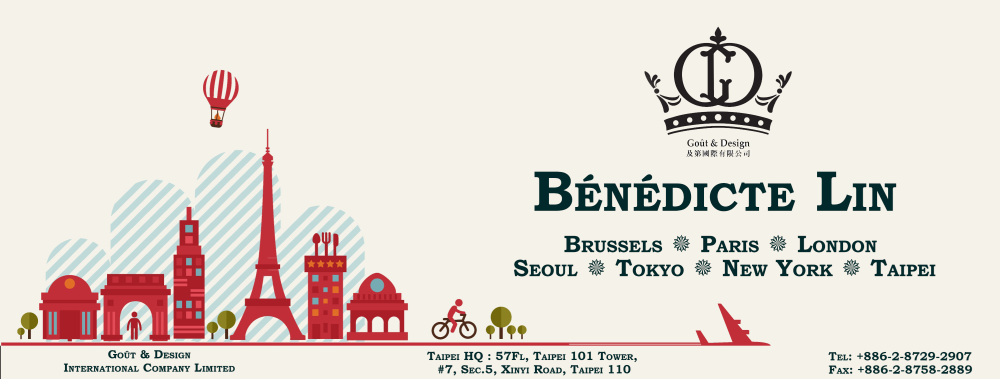In the realm of modern vacationing, the allure of cruise tourism has captured the imaginations of millions, offering a unique blend of luxury, exploration, and relaxation on the open seas. The trend we witness today in vacation agencies has its roots deeply intertwined with historical events, technological innovations, and the evolution of ocean travel. As we delve into the origins of cruise tourism, the legendary ships such as the Olympic, Titanic, and Britannic emerge as pioneering flagships that shaped the industry’s course and continue to inspire its contemporary revival.

Navigating the Past: Origins of Cruise Tourism : The concept of cruise tourism can be traced back to the 19th century when wealthy individuals embarked on extended sea voyages for leisure, often lasting several months. However, it was during the 20th century that the industry truly began to take shape. The interwar period between World War I and World War II marked a turning point, as people sought new ways to enjoy their leisure time. This era witnessed the transformation of ocean liners into luxurious vessels designed to cater to passengers’ comfort, entertainment, and recreation.

Olympic, Titanic, and Britannic: Pioneering Flagships : The trio of Olympic-class ships—the Olympic, Titanic, and Britannic—stood as the epitome of luxury and innovation during their time and played an integral role in shaping the cruise tourism landscape. While the Titanic is the most infamous of the three due to its tragic maiden voyage, all three vessels contributed to the evolution of the industry.
- Olympic: Launched in 1910, the RMS Olympic was the lead ship of the Olympic class. It marked a significant step forward in maritime engineering and comfort. With its opulent interiors, state-of-the-art facilities, and focus on passenger enjoyment, the Olympic set the stage for a new era of ocean travel that aimed to blend transportation and leisure.

- Titanic: While the Titanic’s name is synonymous with tragedy, it also embodied the pinnacle of luxury and grandeur. Its ill-fated maiden voyage in 1912 highlighted the need for improved safety standards at sea, leading to the establishment of maritime regulations that persist today. The Titanic’s story continues to captivate and remind us of the industry’s responsibilities to passenger safety.

- Britannic: Launched in 1914, the RMS Britannic had a more tumultuous history, initially serving as a hospital ship during World War I. After the war, it was refitted to become a luxury liner, but its potential was cut short by an underwater mine. The Britannic’s brief commercial service influenced subsequent ship designs, as lessons from its sister ships guided safety and technological enhancements.

(*) RMS s acronym for Royal Mail Ship
Revival of the Legacy: Modern Cruise Tourism : Fast-forward to the present day, and the essence of those pioneering ships lives on in the contemporary cruise tourism industry. Cruise lines now focus on providing not only efficient transportation but also an immersive vacation experience. From luxurious accommodations and world-class entertainment to a plethora of onboard activities, today’s cruise ships strive to create an environment where passengers can relax and explore in equal measure.
Advancements in maritime technology have transformed cruise ships into floating cities, featuring theaters, restaurants, shopping centers, spas, and even high-speed internet connectivity. These innovations have broadened the appeal of cruising to a wider demographic, attracting families, couples, solo travelers, and adventure enthusiasts alike.

A Tribute to the Past, Setting Sail to the Future : As vacation agencies embrace the revival of cruise tourism, they pay homage to the legacy of the Olympic, Titanic, and Britannic, whose influence laid the foundation for the industry’s transformation. These ships not only embodied the spirit of exploration and luxury but also spurred advancements in maritime safety and passenger experience.

In our modern world, where technology and comfort intertwine, the cruise tourism industry continues to evolve. The legacy of these iconic ships inspires today’s cruise lines to push the boundaries of innovation, ensuring that the enchanting allure of the open seas remains an essential part of the vacation landscape for generations to come. Just as these flagships of the past navigated uncharted waters, today’s cruise industry charts a course toward new horizons of travel and leisure.


